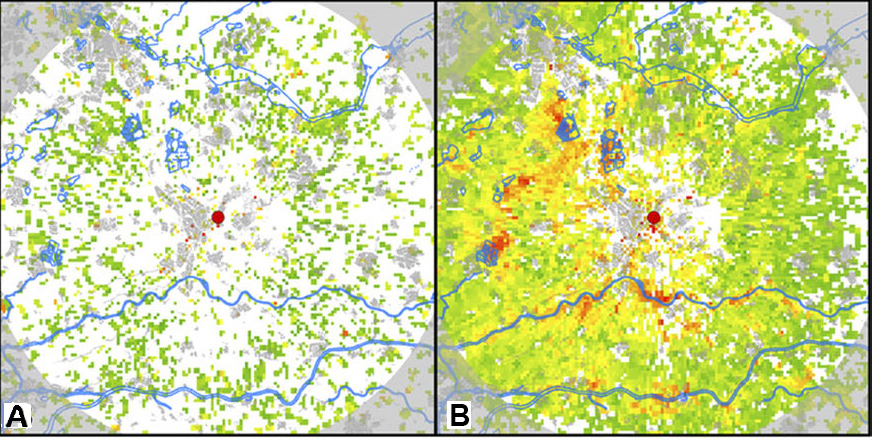
A sonic installation that relies on the way male and female mosquitoes recognise members of their own species by 'singing' in tune with them, will be displayed at the Centre for Contemporary Arts in Glasgow from 31 October to 3 November 2013.
Robin Meier and Ali Momeni's installation 'Truce' is inspired by the discovery made by Gabriella Gibson from NRI and Ian Russell from the University of Brighton. The artists use a computer that responds to the mosquitos' tune with a voice of its own.
In their seminal paper, 'Flying in Tune: Sexual recognition in mosquitoes', Gabriella and Ian discovered an inspiring phenomenon: As soon as a male-female pair of flying mosquitoes can hear each other's flight tones and 'like' what they hear, they enter into a harmonising duet, each adjusting the frequency of their own wing-beats to match each other. This synchronisation brings their wing beats to within a few hertz or less of one another. The authors suggest that singing to each other provides mosquitoes with a means of sex recognition and possibly species recognition. How they harmonise, however, is not fully understood.
Gabriella explains the justification of the research: "Just one species of mosquito kills more people than any other animal in the world. Our goal is to use our knowledge of mosquito behaviour to control their populations to a manageable level and free people from the burden of deadly diseases they transmit."
The installation takes advantage of the phenomenon to engage the mosquitoes in song, inspired by the North Indian classical vocal tradition of Dhrupad, a musical genre based on a single melodic line usually sung in unison.
You can view videos of Meier and Momeni's previous exhibitions based on Gabriella and Ian's research on mosquitoes here: http://robinmeier.net/?page_id=38
Photo: Dr Gareth Jones, University of Brighton

